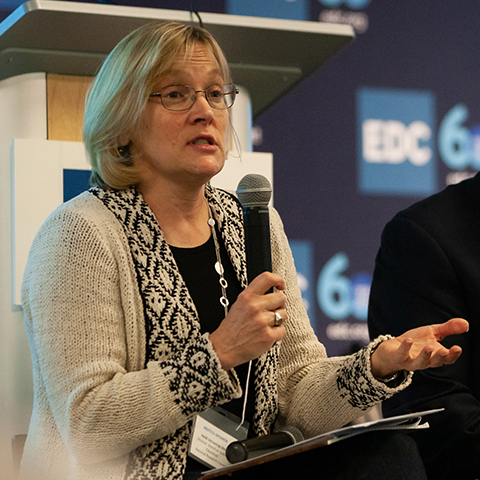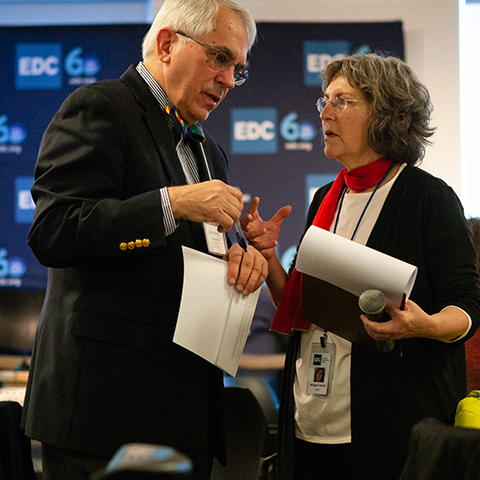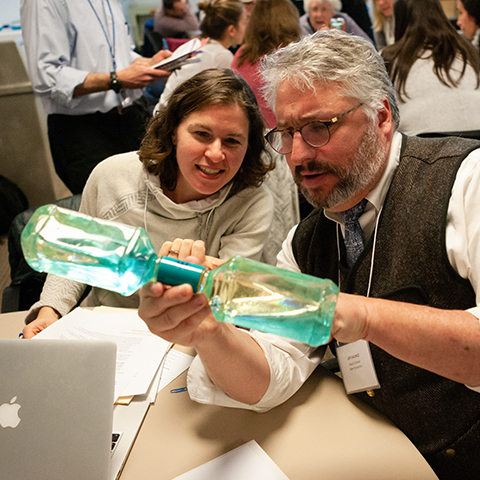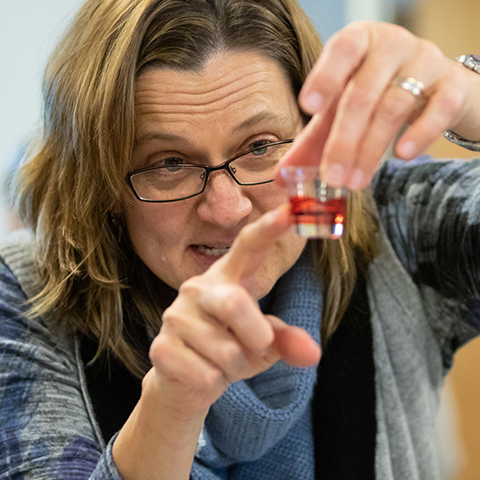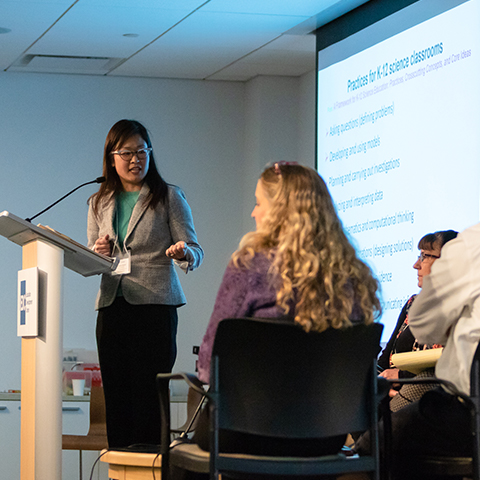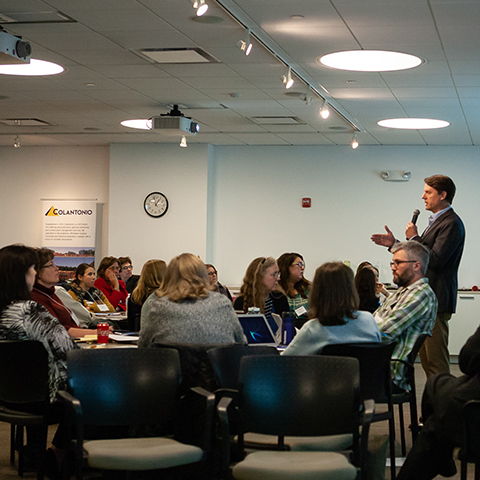Coalition for Elementary Science Launched at EDC Summit
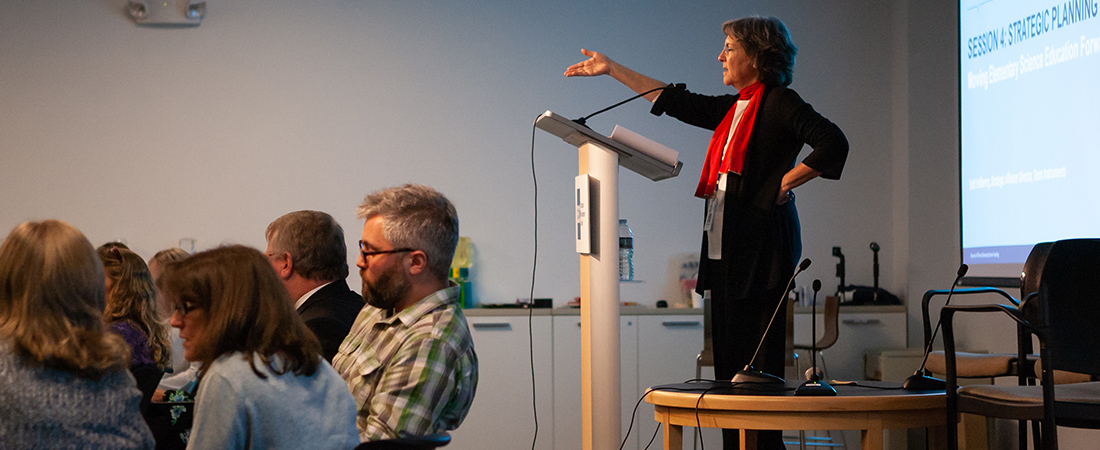
"We have a chance right now to make a real difference," said EDC's Abigail Jurist Levy.
Educators, policymakers, and business representatives from all six New England states gathered at EDC on November 30 with one goal—to discuss ways to improve the quantity and quality of elementary science throughout the region. They met at the Elementary Science Summit: Preparing K–5 for a STEM Future, an event to raise awareness about elementary science learning and to launch the Coalition for Elementary Science.
“The science education community has been calling for more and better science instruction for decades,” said EDC’s Abigail Jurist Levy, who is leading the Coalition. “We have a chance right now to make a real difference, because parents, teachers, and people in industry all realize how important early science learning is.”
During the day-long summit, 100 participants learned about the critical importance of investing in elementary science, heard from educators who have been involved in advancing elementary science, and created plans for improving elementary science education in their own communities. They even did a bit of science learning themselves, following a model lesson led by EDC’s Jeff Winokur and Cindy Hoisington.
Heidi Schweingruber, director of the Board on Science Education at the National Research Council, and Val Zanchuk, owner of New Hampshire-based Graphicast, delivered the keynote address. In it, Schweingruber framed expanding access to high-quality elementary science as an issue of equity.
“We need to give all kids access to the broadest possible array of futures,” she said. “In our country right now, lots of jobs require STEM—even the jobs we don’t consider STEM. And if we lock some kids out early from those kinds of paths, and don’t allow them to see themselves in science and engineering, then we’re really doing them a disservice.”
Zanchuk said that improving science learning in elementary school is critical to the success of local businesses, too. He pointed out that while many of New Hampshire’s 18,000 unfilled jobs are in STEM-related fields, a recent state survey found that half of students lose interest in STEM by fourth grade.
“The economic well-being of our whole region is very much dependent on the success of elementary STEM,” said Zanchuk.
But the main goal of the summit was to inspire participants to walk away with concrete ideas for elevating time for science learning in their states and districts. John Duffy, the K–12 science coordinator in Southington, Connecticut, said that the summit did precisely that.
“One of [the ideas] is to integrate science into our Columbia Teachers’ College English language arts units,” he said. “There are multiple districts here who have successfully done that. Having the chance to talk to them—and to hear how they accomplished that—was very helpful.”
Levy says that over the next few months, the Coalition plans to support summit participants through professional development and networking opportunities. She believes a second Elementary Science Summit is likely on the horizon for 2019, too.
In her closing remarks, Levy challenged participants to remain optimistic about the work yet to be done, saying that expanding access to elementary science learning is not a simple task.
“I want you to leave a little bit frustrated. I want you to feel like there’s too much to do—too much to cover,” she said. “But I also want you to think, ‘I want to come back. I want to do more.’”
